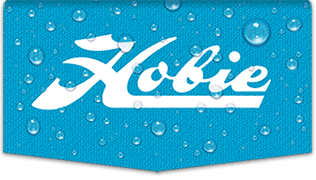Scurvy wrote:
Interesting. This is what I was doing, more or less, and found that the rudder wouldn't stay put, it got moved around, so that becomes a challenge when paddling. Of course, I can pull the rudder up and steer w/ the paddle strokes, but I would like to be able to lock/keep that rudder into position if paddling.
This is indicicative of loose rudder lines. If your directional control lines are taut (rudder down, locked and pointing straight back) the rudder will not wander. Further, your control handle will not move either without deliberate effort. In this way, you get instant control and much improved tracking. Keep in mind that your boat shrinks and swells with temperature. I tend to set it up when it's cooler and have a little over-tightness when it warms up than visa versa. a small amount of slack makes all the difference in how much correction you make and how often.
In a following sea (not talking about surf here), especially with a cross swell, you can't see what's about to happen -- that makes it really tough. I imagine it's like getting bounced around on top of a bull. With my (pre-Vantage) Adventure, I can edge the boat with my hips -- IMO the secret is to keep loose. The other thing that helps is to keep the free hand on the boat handle and use this to keep yourself upright (usually the boats don't capsize until you fall out).
Of course, the large rudder makes a huge difference in preventing broaching. If you still want more "bite" you can add a winglet -- looks like this:












